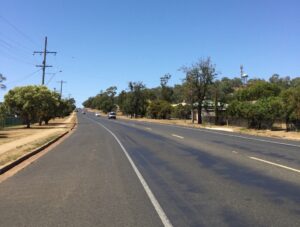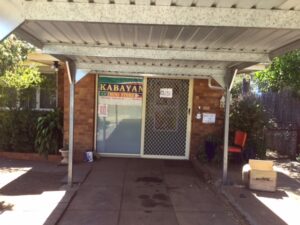The Setting

Many areas of regional and rural Australia are experiencing growing migration due to employment and settlement opportunities.
Australian migration policy has a long history of schemes directing migrants to regional and rural areas (Hugo, Khoo, & McDonald, 2006).
The research project was conducted in a small rural town of 4700 people in South-West Queensland (ABS, 2018). The demographic profile of the largest community groups was:
- 82% Australian, speaking English as the home language
- 3% Brazilian, speaking Portuguese as the home language
- 2% Filipino, speaking Tagalog as the home language
- 0.3% Cook islander, speaking Tongan as the first language.

Many of the migrants worked in local industries such as food processing, mechanics and care services.
The setting of the study was the local secondary school:
- Student population – 450 students with 45 teachers
- Index of Community Socio-Education Advantage (ICSEA) in the 900s, meaning below the average of 1000 (ACARA, 2015).
- The English as an Additional Language (EAL) student population comprised mostly Brazilian, Filipino and Pacific Islander students. In 2015 EAL students were 11% of the school population; in 2018 – 7%.